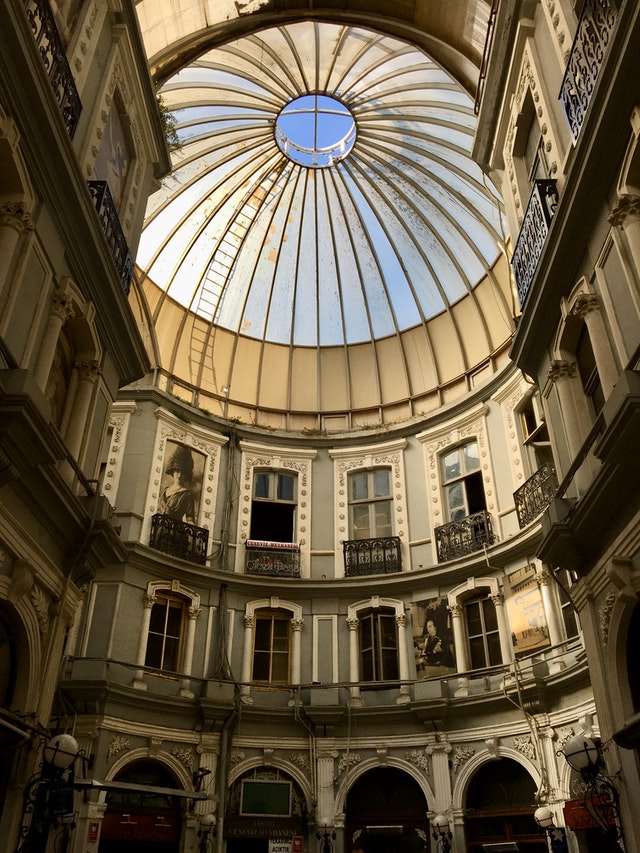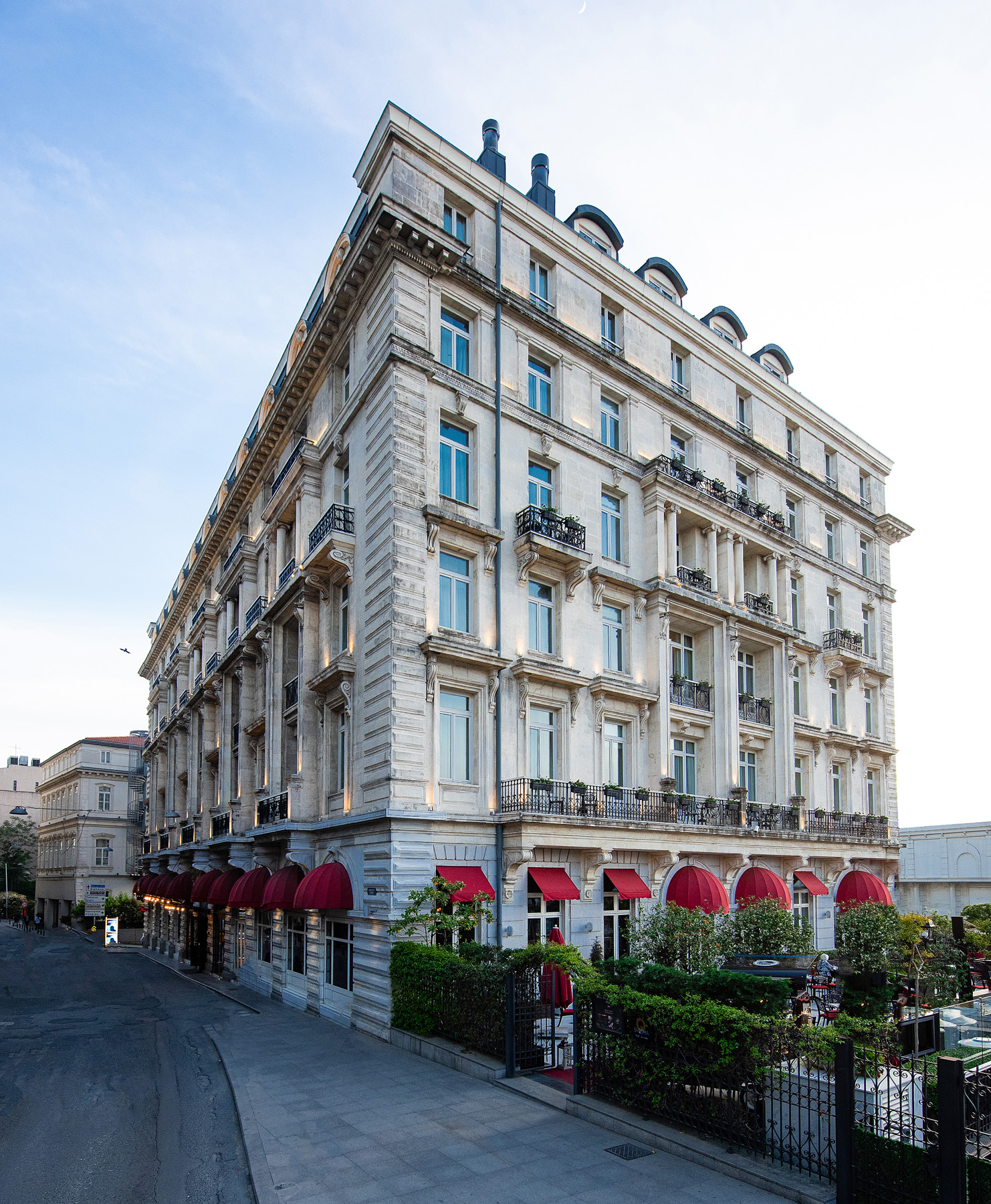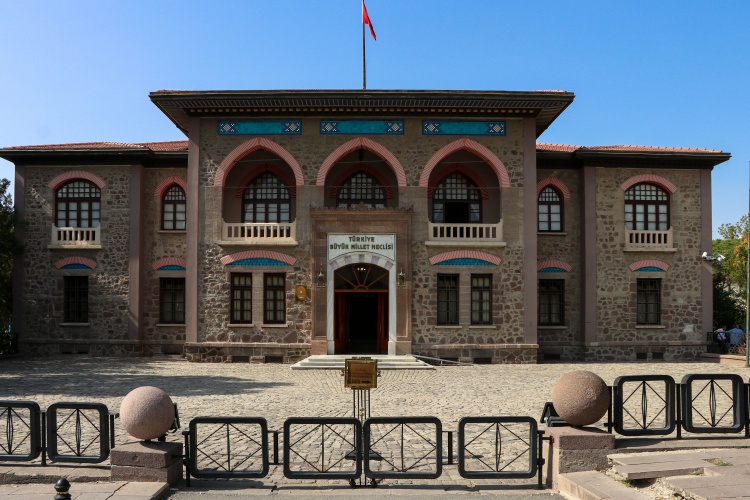The Picturesque and Untold History of Beyoğlu
Beyoğlu is both past’s and today’s favorite with its hidden tales. Although Istanbul has many astonishing districts with its unique atmosphere, none of them is like Beyoğlu. Beyoğlu maintains its charm with its buildings, the breathing witnesses of an era, and its rhythmic life accompanying old tastes and smells. Beyoğlu, which has the excellence of an open-air museum, is ready to fascinate you. If you wish, let’s explore the picturesque and little-known history of Beyoğlu together.
Etymology of the name Beyoğlu
There are many rumors about the name Beyoğlu. According to one of these rumors, Andrea Gritti, known by the nickname “Bey” from the Gritti family, is thought to be the eponym of the district. It is estimated that the phrase “We are going to Bey’s mansion” has turned into “We are going to Beyoğlu” over the years. That district, where the old Istanbul gentlemen do not wander without a tie, remunerates its name with the delicacy of its soul.
From the Palace Stage to the Street: Çiçek Pasajı

Çiçek Pasajı, which hosts Beyoğlu’s humming symphony, owes its fame to a fire. Drawing attention to its eye-catching Italian architecture, Çiçek Pasajı was built from the ashes of the Naum Theatre. The Naum Theatre, which performed the plays of Moliére and Shakespeare in the 1840s, was the second theater of Istanbul. After the Great Beyoğlu Fire, the building we know today as Galata Banker Hristaki Zografos built Çiçek Pasajı. One of the most beautiful examples of Italian architecture, Çiçek Pasajı, was a frequent destination for quintessential names in the literary world for a while.
Beyond Colored Glass: Yeşilçam Street
The contribution of Yeşilçam Street, which is identified with Turkish cinema, to the intellectual life of Istanbul is not limited to films. Yeşilçam Street, the heart of the movie industry from its producer to its director, from its screenwriter to its actor, has hosted two essential values in the past. The Opera Hall and the formerly Melek Cinema are known as the oldest inhabitants of Yeşilçam Street. The Opera Hall, in which Atatürk was among the audience, was closed after a tragic fire after serving for many years. Melek, which was opened the same year as the Opera House, still maintains its existence as Emek Cinema today.
From Bedesten to Arasta: Historical Beyoğlu Passages
Even though today it is more shopping oriented, Beyoğlu Passages were once cultural and social meeting points. Known for the circus performances of its theater, the Aleppo Passage still preserves its loggias and balconies reflecting the architecture of the period. Attracting attention with its sculptures and Syria Passage, where the Istanbul Newspaper’s printing house is located, Aynalı Pasaj is mainly preferred for shopping for touristic goods. While sipping your coffee in the courtyard of Hacopulo Passage, where Namık Kemal’s İbret Newspaper is located, you may feel like hearing soft music because Hacopulo Passage was the scene of Istanbul’s first chamber orchestra concert.
Silent Witnesses of History: Beyoğlu Buildings
The buildings of Beyoğlu’s cosmopolitan culture, which defy the years, are a historical heritage in themselves. These historical buildings are known for their compelling stories as well as their eye-catching architectural details. E.g., The story of the Botter Apartment, the pioneer of the Art Nouveau movement in Turkey, goes back to the tailor of Sultan Abdulhamit. Heartbreaking with its tragic myth, Frej Apartment is among the inherent Art Nouveau works with its façade decorations. Istanbul’s first reinforced concrete building, Mısır Apartment, and Kamondo Apartment, with its neo-classical style, continue to decorate Beyoğlu with all its splendor.
The Jewel of Beyoğlu: Pera Palace Hotel

The story of Pera Palace Hotel, one of the most magnificent buildings of Beyoğlu, is outstanding. Pera Palace Hotel is being built to suffice the accommodation needs of a train journey from Paris to Istanbul. Hosting the famous Orient Express (Orient Express) passengers, Pera Palace Hotel still preserves the memories of its guests. In Pera Palace Hotel, which has the status of a museum hotel, room 101, where Mustafa Kemal Atatürk stays every time he comes, can be visited, including his personal belongings.
Pera Palace Hotel resumes hosting its visitors who desire to take a tour through the pages of history, accompanied by the unique view of Istanbul. With the Golden Horn view stretching from Galata and Tepebaşı to Eyüp, Pera Palace Hotel offers its guests a unique accommodation experience accompanied by the magical atmosphere of Beyoğlu.
These articles may also be of interest to you:
Beyoğlu Guide for Those Who Want to Discover



